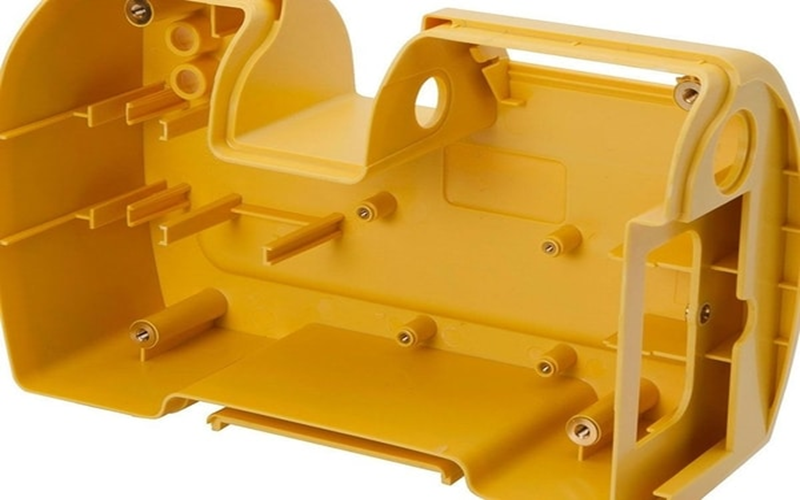Injection molding is a cornerstone of modern manufacturing, widely utilized across industries to produce precise, high-quality components in large volumes.
This process involves injecting molten material, typically plastic or metal, into a mold to create intricate parts with consistent accuracy.
However, like any manufacturing method, it comes with its own set of strengths and limitations.
This article explores the advantages and disadvantages of injection molding, by examining its efficiency, cost implications, and design constraints, we aim to shed light on why injection molding remains a preferred choice in many applications while acknowledging the challenges that may arise.
Why Is It Important To Understand The Pros And Cons Of Injection Molding?
Understanding the advantages and disadvantages of injection molding is crucial for making informed decisions in manufacturing.
This knowledge helps businesses evaluate whether injection molding is the most suitable manufacturing process for their specific project requirements, especially when compared to other manufacturing methods like CNC machining or 3D printing.
Being aware of design limitations, tooling costs, and lead times enables companies to plan effectively, avoid costly mistakes, and optimize production efficiency.
Moreover, understanding the potential challenges, such as managing complex geometries, sharp edges, weld lines, and cooling lines in mold design, ensures better collaboration with an experienced manufacturing partner to create parts that meet high tolerances and quality standards.
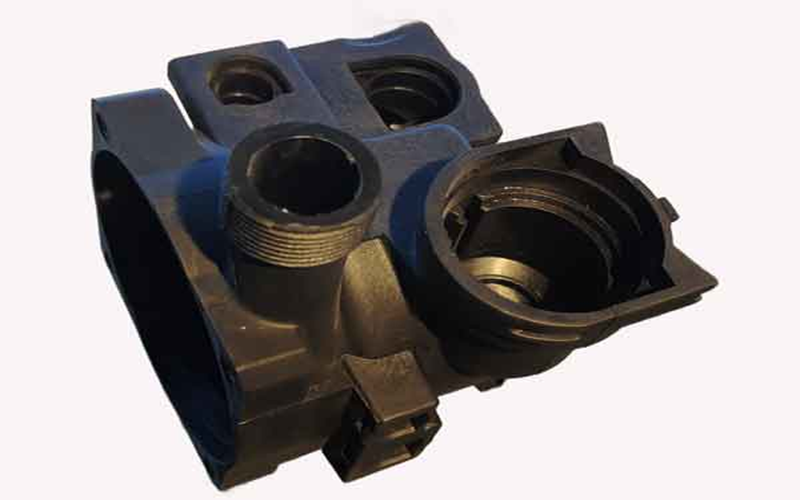
What Are The Advantages Of Injection Molding?
Injection molding boasts numerous main advantages that make it a preferred choice for many manufacturers.
High Production Efficiency
Injection molding is renowned for its high production efficiency, making it an ideal manufacturing process for producing large volumes of plastic parts quickly and consistently.
The injection molding process can achieve rapid cycle times, often as short as 10 to 60 seconds, depending on the complexity of the mold and the material used.
This efficiency is further enhanced by the use of multi-cavity molds, which allow the simultaneous production of multiple complex parts in a single cycle, significantly increasing throughput.
Reduce Waste
Injection molding is highly regarded for its ability to minimize waste throughout the production process.
This precision significantly reduces the generation of unused or waste plastic, which not only lowers material costs but also supports environmentally responsible manufacturing practices.
By reducing material waste, injection molding contributes to a more cost-effective and eco-friendly production process, making it an advantageous choice for manufacturers aiming to optimize both profitability and environmental impact.
This low cost and efficient use of materials is a key factor in enabling high output production at scale.
High Repeatability
Injection molding is known for its exceptional repeatability, making it a reliable manufacturing process for producing large volumes of identical parts.
Once the custom tooling and molds are created, the injection molding machine can produce thousands of injection molded parts with consistent quality and tight tolerances.
This repeatability is crucial for industries requiring high volumes of precise components, such as automotive and medical devices. Factors like mold design, material selection, and process control all contribute to maintaining this consistency.
This high repeatability reduces variability, minimizes defects, and supports efficient mass production, making injection molding a cost-effective solution for manufacturing complex parts with intricate shapes and fine details.
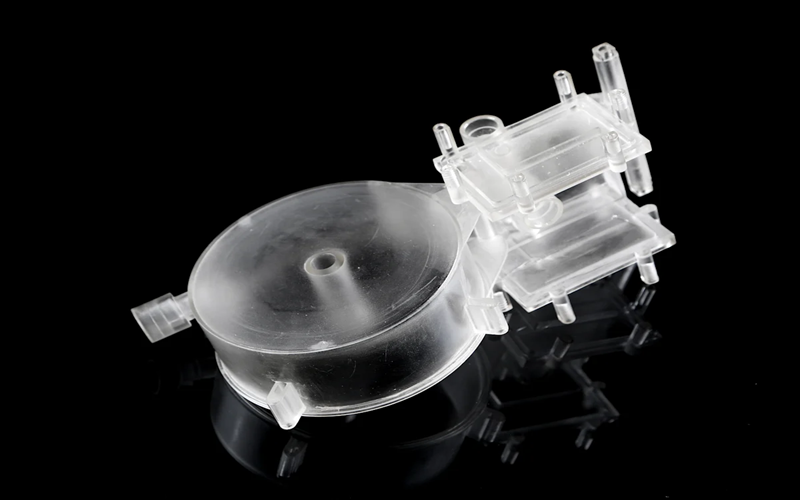
Material Versatility
Injection molding stands out for its impressive material versatility, accommodating a wide range of plastic materials as well as other materials to meet diverse application needs.
This adaptability allows for the incorporation of fillers and additives during the injection molding process, enhancing characteristics like durability and impact resistance.
Furthermore, injection molding supports the use of recycled materials, contributing to sustainability efforts by reducing material waste.
The process efficiently minimizes excess material, ensuring that unused or waste plastic is kept to a minimum, and any leftover plastic can often be reprocessed and reused in future production cycles.
Create Complex Geometries
One of the standout advantages of injection molding is its ability to create complex geometries with high precision.
The injection molding process uses high pressure to inject molten plastic material into intricately designed molds, enabling the production of parts with detailed features, undercuts, and thin walls that would be difficult or impossible to achieve with many other manufacturing processes.
This capability allows manufacturers to produce high quality parts that meet tight tolerances and complex design requirements.
Additionally, the repeatable process making injection molding an ideal choice for mass production of complex plastic parts with consistent quality and performance.
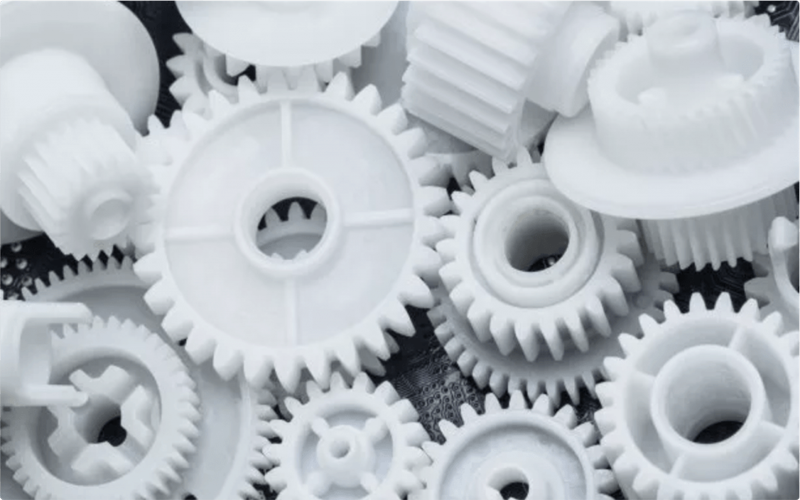
What Are The Disadvantages Of Injection Moulding?
Despite its numerous benefits, injection molding has several disadvantages and limitations.
High Initial Costs
One of the main disadvantages of injection molding is high initial costs.
The upfront investment in custom tooling and mold creation can be substantial, often reaching thousands or even hundreds of thousands of dollars for steel tooling.
This significant expense makes injection molding less cost-effective for low volume production runs or prototypes.
Slow Initial Lead Times
One of the notable disadvantages of injection molding is its slow initial lead times. The process of designing and manufacturing complex molds can take several weeks, sometimes even months, before production can begin.
This extended timeline is due to the precision required in creating molds that accommodate intricate shapes, proper wall thickness, and material flow considerations.
These prolonged lead times can pose challenges for projects that demand rapid prototyping or low volume production runs with quick turnaround.
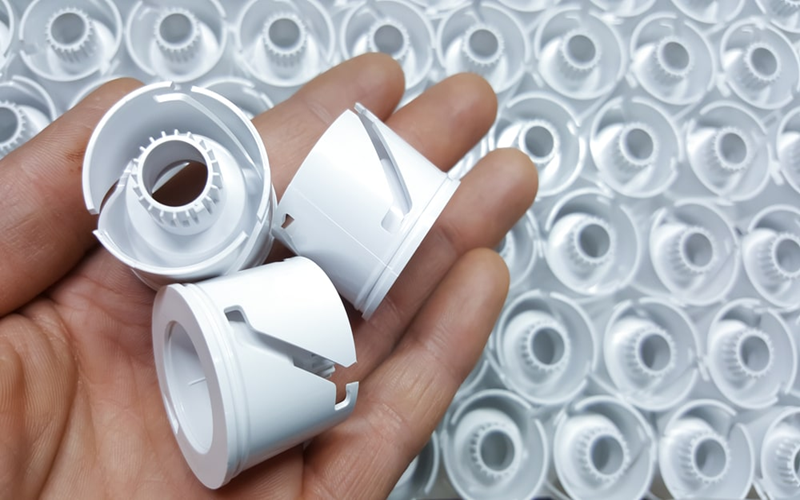
Design Limitations
Injection molding, while highly versatile, does come with specific design limitations that manufacturers must consider to ensure successful production.
One critical aspect is the inclusion of draft angles in the mold design, which facilitate the smooth ejection of the final part without causing damage.
Uniform wall thickness is another important factor, as inconsistent thickness can lead to defects such as warping or sink marks.
The design process must be meticulously planned to ensure the production of identical products consistently.
Expensive Design Modifications
One of the significant disadvantages of injection molding is the high cost associated with design modifications.
Once a mold is created, making changes to the design often requires extensive rework or even the creation of a completely new mold, which can be both time-consuming and costly.
This is because the mold must precisely reflect the final part’s specifications, and any alterations can disrupt the material flow, wall thickness uniformity, or demolding process.

Applications Of Plastic Injection Molding Parts
Plastic injection molding parts find extensive applications across various industries due to its versatility and efficiency.
Automotive Industry
The automotive industry greatly benefits from injection molding due to its ability to produce lightweight, durable, and complex parts at high volumes with consistent quality.
The process supports the use of various plastic materials that offer excellent corrosion resistance and impact strength, ensuring longevity and safety of automotive parts.
Additionally, the injection molding process allows manufacturers to add plastic features and intricate details that would be difficult to achieve with other manufacturing methods.
This combination of cost-effective mass production and material versatility makes injection molding an indispensable production process in modern automotive manufacturing.
Medical Devices
Injection molding plays a critical role in the medical devices industry by enabling the mass production of precise, sterile, and reliable components.
This manufacturing process is ideal for creating complex parts such as syringes, surgical instruments, diagnostic housings, and implantable devices that require tight tolerances and biocompatible plastic materials.
The high repeatability and consistency of injection molding ensure that each medical part meets stringent quality standards essential for patient safety and regulatory compliance.
Electronics
Injection molding is widely used in the electronics industry to produce intricate parts such as connectors, casings, switches, and housings that demand tight tolerances and high durability.
This manufacturing process allows for the efficient production of complex geometries with precise detail, ensuring reliable performance in electronic devices.
The ability to use a variety of plastic materials, including those with excellent electrical insulation and heat resistance properties, makes injection molding ideal for electronic components.
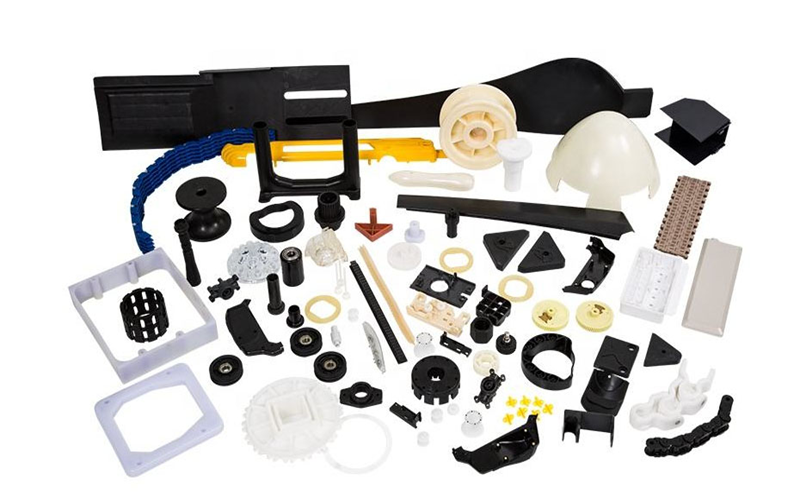
Conclusion
In conclusion, injection molding presents a balanced mix of advantages and disadvantages.
Its high production efficiency, cost-effectiveness, consistency, material versatility, and minimal waste make it a compelling choice for mass production and material forming to produce parts with intricate shapes and tight tolerances.
However, the high initial costs, long lead times, design constraints, and expensive modifications must be carefully considered before choosing this manufacturing method.
Advancements in sustainable materials and automation technologies promise to enhance the capabilities and appeal of injection molding.
These future trends could mitigate some of the current disadvantages, making injection molding an even more attractive option for various industries seeking efficient ways to produce parts.

